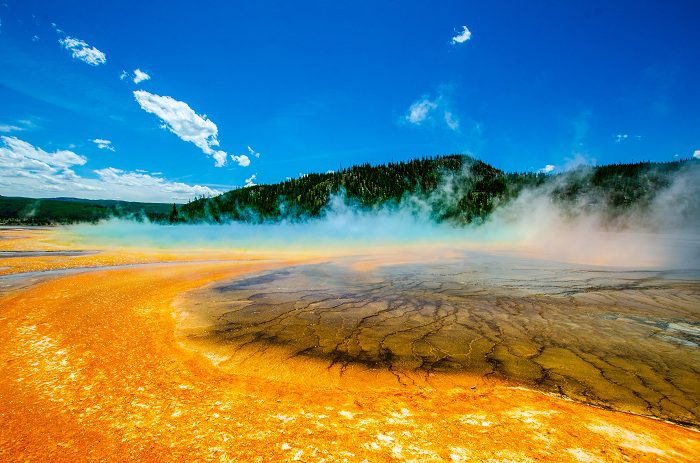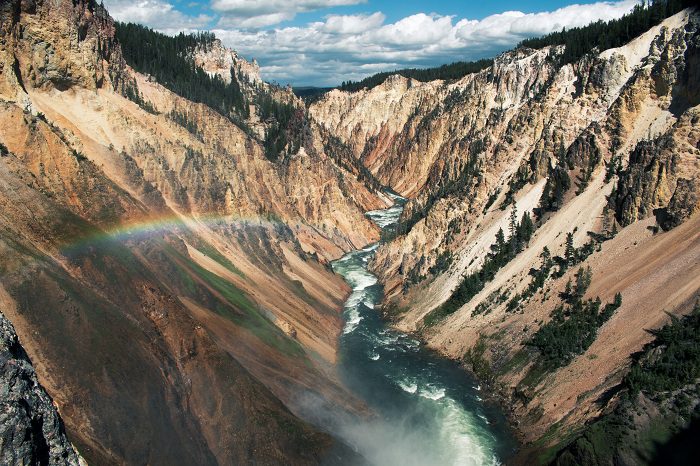A recent USGS (US Geological Survey) report reveals Yellowstone’s current situation: over 1,000 earthquakes were recorded in July.
The findings mark the most seismic period in the National Park since June 2017, when more than 1,100 earthquakes rumbled beneath the area.
Here is what you need to know.
Major Seismic Event at Yellowstone
The recent earthquake record is luckily not so worrying. As per researchers’ findings, the quakes were minor, and only 4 of them measured the magnitude-3 range (powerful but unlikely to cause any damage).
Also, the seismologists stated that none of the earthquakes triggered a potential explosion of the supervolcano underneath.
“If magmatic activity were the cause of the quakes, we would expect to see other indicators, like changes in deformation style or thermal/ gas emissions, but no such variations were detected,” revealed the USGS report.
However, the USGS stated that at least 764 earthquakes banged the ground deep underneath Yellowstone Lake. A magnitude of 3.6 was also recorded.

Yellowstone’s Seismic Background
Why so shaky, Yellowstone? Well, researchers have an answer for that based on an even shakier history.
The National Park is atop a network filled with something called fault lines. These are linked with a massive volcano, also known as a supervolcano, that rests underneath.
The last time the supervolcano erupted, approximately 70,000 years ago, it brought a lot of havoc, as per a USGS report. And that’s not all.
Quakes happen as the park’s fault lines extend, letting magma, gas, and water travel beneath the ground. Such things are also responsible for the park’s hot springs and geysers.
However, the Yellowstone supervolcano behaved recklessly in ancient times, too. According to some simulations, researchers succeeded in unveiling gargantuan eruptions every 725,000 years or so.
That means the Yellowstone National Park could experience another massive eruption in approximately 100,000 years. The eruption would wreck the entire US, filling rivers with ash and causing widespread famine and drought.













Leave a Reply